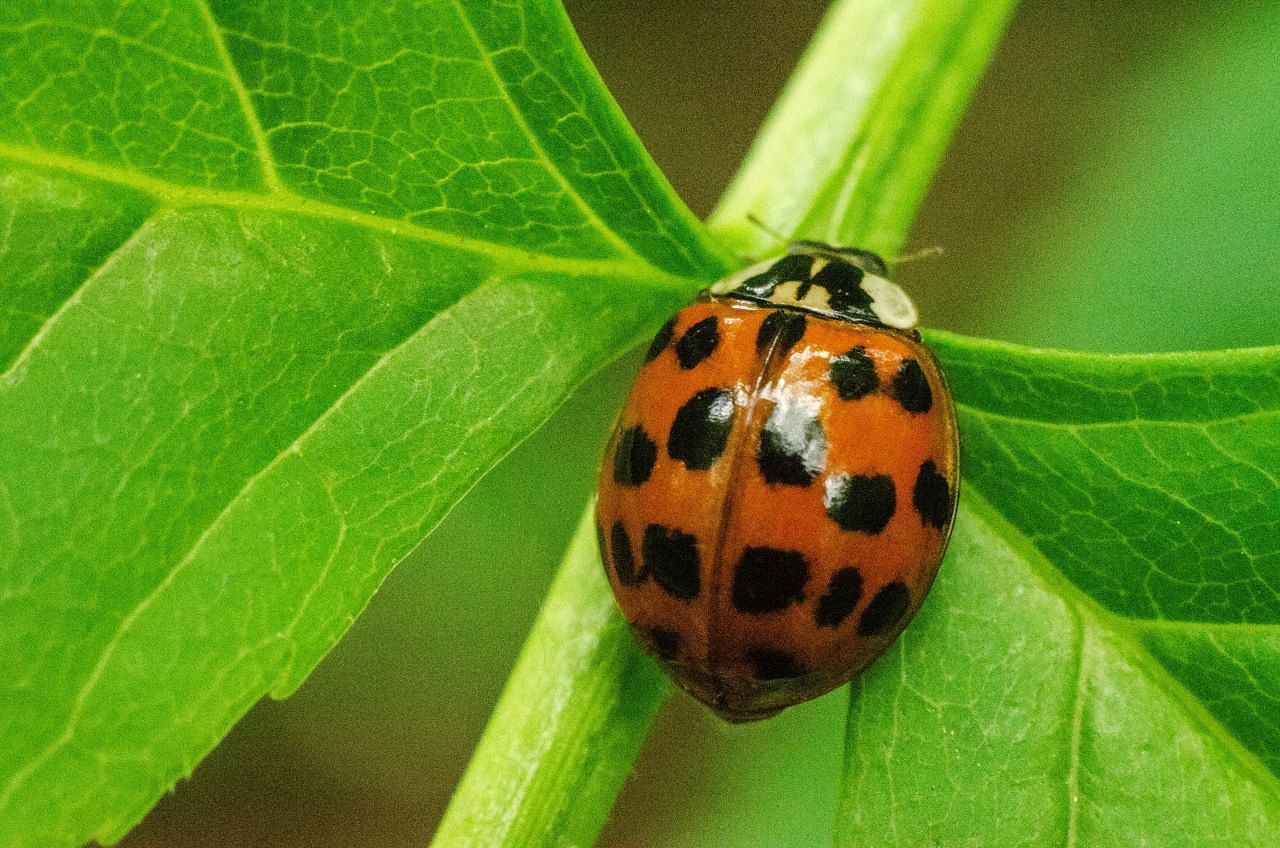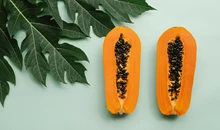
Insects dominate our planet in terms of sheer numbers, species, and habitat range. With nearly one million known species, insects thrive in almost every terrestrial environment, playing crucial roles in ecosystems worldwide.
While insects are commonly associated with pests, it's essential to recognize that most found in gardens, yards, or crops are harmless or beneficial. Many of these unsung warriors either pass through temporarily or have harmless habits. Moreover, some actively prey on and control pest species, which is vital in maintaining ecological balance and reducing the need for chemical pesticides.
Beneficial Insects Can be Broadly Categorized into Three Main Groups:
1. Pollinators: These insects, including bees, butterflies, flies, and moths, play a crucial role in pollinating garden flowers, ensuring the reproduction of plants and the production of fruits and seeds.
-
Hoverflies: These are prolific pollinators. They are known to visit at least 72% of global food crops and more than 70% of animal-pollinated wildflowers. Highly migratory, hoverflies can travel hundreds of kilometres a day. They can also carry pollen over distances greater than 100 kilometres over open water.
-
Solitary bees: Solitary bees do not travel very far, although foraging distances vary among species. Most forage up to 500 metres from their nest and some as little as 100 metres. Like honeybees and bumblebees, solitary bees gather pollen to feed to their offspring, but they don't collect it in pollen baskets. Instead, the grains stick to a pollen brush, or scopa, which can be on the legs or under the abdomen, depending on the species.
-
Moths: Most moths fly at night, so you might not notice as they flit from flower to flower under the cover of darkness. Some nocturnal moths prefer to feed from pale and tubular, scented flowers, such as honeysuckle.
2. Predators: Predatory insects such as ladybugs, praying mantids, and green lacewing larvae help control pest populations by actively feeding on them. Thus, they prevent pest outbreaks and minimize crop damage.
-
Lady Beetles: Commonly known as ladybugs, they are among the most recognizable beneficial insects. Both adult and larval stages of lady beetles feed on soft-bodied insects, with aphids being a primary target for many species.
-
Green Lacewings: With their distinctive appearance and voracious larvae known as "aphid lions," they are effective predators of aphids and other small insects.

-
Syrphid Flies: Also known as flower flies or hover flies, these play a crucial role in pollination as adults. However, their larval stage acts as a predator, feeding on soft-bodied insects like aphids.
-
Damsel Bugs: With their piercing-sucking mouthparts, damsel bugs prey on a wide range of pests, including aphids, insect eggs, and small larvae.
-
Bigeyed Bugs: The small bugs with large bulging eyes are efficient predators, feeding on insect eggs, small larvae, and other soft-bodied arthropods.
-
Minute Pirate Bug: Both adults and nymphs of minute pirate bugs feed on pests like thrips, spider mites, and insect eggs, making them valuable allies in pest management.
-
Assassin Bugs: Known for their predatory habits, assassin bugs feed on a wide variety of insects and are effective natural controllers of pest populations.
-
Spined Soldier Bug: These bugs, often mistaken for crop pests, are predators of beetle larvae and other harmful insects.
-
Praying Mantids: With their striking appearance and voracious appetite, praying mantids are generalist predators, feeding on a wide range of insects, including pests.
-
Collops Beetles and Ground Beetles: These beetles, with their powerful jaws, are general feeders on various crop pests and are particularly effective in controlling pests that dwell on the soil surface.
-
Cicada Killers and Paper Wasps: While cicada killers and paper wasps can be intimidating due to their sting, they are valuable predators of pests like cicadas and caterpillars.
-
Spiders: Though not insects, spiders are essential allies in pest control, preying on a wide range of insects and other arthropods.

3. Parasitizers: Parasitic insects, such as certain wasps, lay their eggs on or inside other insects, which serve as hosts for their developing larvae. As the larvae grow, they consume the host insect from within, ultimately leading to its demise.
-
Braconid Wasps:
These wasps are a large and diverse group of small to medium-sized insect parasitoids. One group of very small species (sometimes called aphid wasps) parasitizes aphids. Larger species parasitize a variety of caterpillars, sawflies, beetles, and other insects.
-
Ichneumonid Wasps:
This is another large and diverse group closely related to the braconids. They tend to be larger than braconids, and none are small enough to parasitize aphids. They attack a wide assortment of caterpillars, flies, beetles, and other insects.
-
Trichogrammatid Wasps:
This is a small family of tiny wasps, just large enough to be seen with the unaided eye. They are parasites of the eggs of a variety of moths. The female wasp inserts its egg into the pests’ egg and the larva completes its development inside the egg.

By appreciating the role of these beneficial insects, gardeners can adopt more sustainable and environment-friendly approaches to pest management. This promotes biodiversity and reduces reliance on chemical pesticides.










